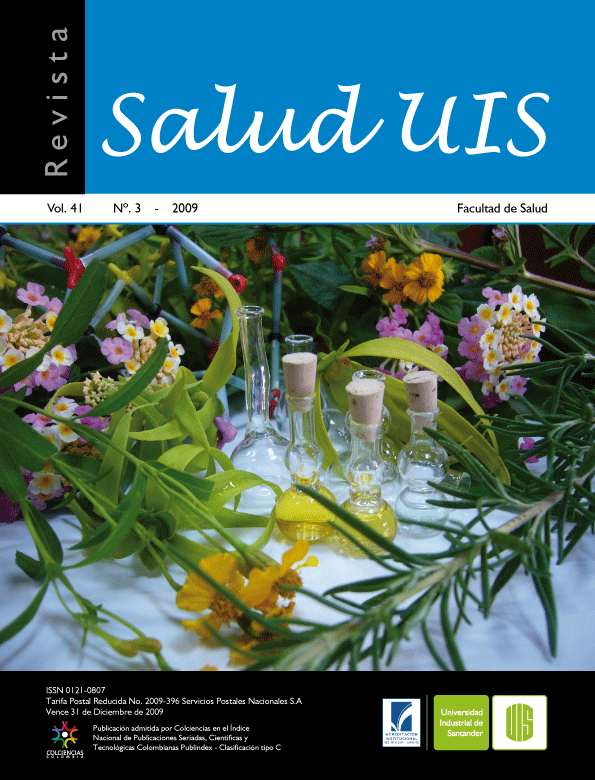Abstract
RESUMEN
INTRODUCCIÓN: La tuberculosis (TB), causada por Mycobacterium tuberculosis es la mayor causa de mortalidad mundial por un único agente patógeno. Asimismo, un gran número de micobacterias no tuberculosas, especialmente M. avium, M. intracellulare y M. chelonae, causan infecciones oportunistas en pacientes con SIDA. Muchos terpenos poseen actividad biológica y se emplean en el tratamiento de diversas enfermedades, razón que los hace fuente de moléculas promisorias.
OBJETIVO: El objetivo del presente estudio fue determinar la actividad antimicobacteriana de 16 terpenos contra M. tuberculosis H37Rv y un aislamiento clínico de M. chelonae.
MATERIALES Y MÉTODOS: Se obtuvo la concentración mínima inhibitoria (CMI) de los mismos y se realizaron curvas de letalidad para establecer actividad bactericida, empleando una técnica de macrodilución en caldo estandarizada para este tipo de compuestos volátiles.
RESULTADOS: Los terpenos con menor valor de CMI fueron timol y carvacrol, con concentraciones de 125-250 µg/mL, y actividad bactericida contra los dos microorganismos. Geraniol, mirceno, p-cimeno, alfa-pineno, presentaron valores de CMI entre 250 y 500 µg/mL.
CONCLUSIONES: Algunos terpenos han presentado actividad importante contra microorganismos del género Mycobacterium, sin embargo los valores de CMI obtenidos no explican el efecto antimicrobiano presentado por el aceite completo, se requiere evaluar las interacciones de sinergismo y/o antagonismo entre los terpenos para determinar los componentes responsables de la acción farmacológica.
Palabras clave: Actividad antimicobacteriana, terpenos, tuberculosis
ABSTRACT
INTRODUCTION: Tuberculosis (TB) caused by Mycobacterium tuberculosis is the major source of global mortality from a single pathogen. Moreover, a large number of nontuberculous mycobacteria, especially M. avium, M. intracellulare and M. chelonae, cause opportunistic infection in AIDS patients. Terpenes, possess a wide spectrum of biological activity and are used in the treatment of various diseases, reason that makes them a source of promising molecules.
OBJECTIVE: To determine the antimycobacterial activity of 16 terpenes against M. tuberculosis H37Rv and a clinical isolate of M. chelonae.
MATERIALS AND METHODS: Minimum Inhibitory Concentration (MIC) values of terpenes were obtained by macrodilution colorimetric method standardized for this kind of volatile compounds, time kill curves were determined to establish bactericidal activity using CLSIM26-A method.
RESULTS: Terpenes with the lower MIC values were thymol and carvacrol at concentrations of 125-250 µg/mL, showing bactericidal activity against both microorganisms. Geraniol, myrcene, p-cymene, and alpha - pinene, showed MIC values ranging between 250-500 µg/mL.
CONCLUSIÓN: Some terpenes have presented signifcant activity against microorganisms of the Mycobacterium genus, but the MIC values obtained do not explain the antimicrobial effect showed by the complete oil, is necessary to assess the interactions of synergism and / or antagonism between the terpenes to determine the components responsible for Pharmacological.
Keywords: Antimycobacterial activity, terpenes, tuberculosis
Se autoriza la reproducción total o parcial de la obra para fines educativos, siempre y cuando se cite la fuente.
Esta obra está bajo una Licencia Creative Commons Atribución 4.0 Pública Internacional.
